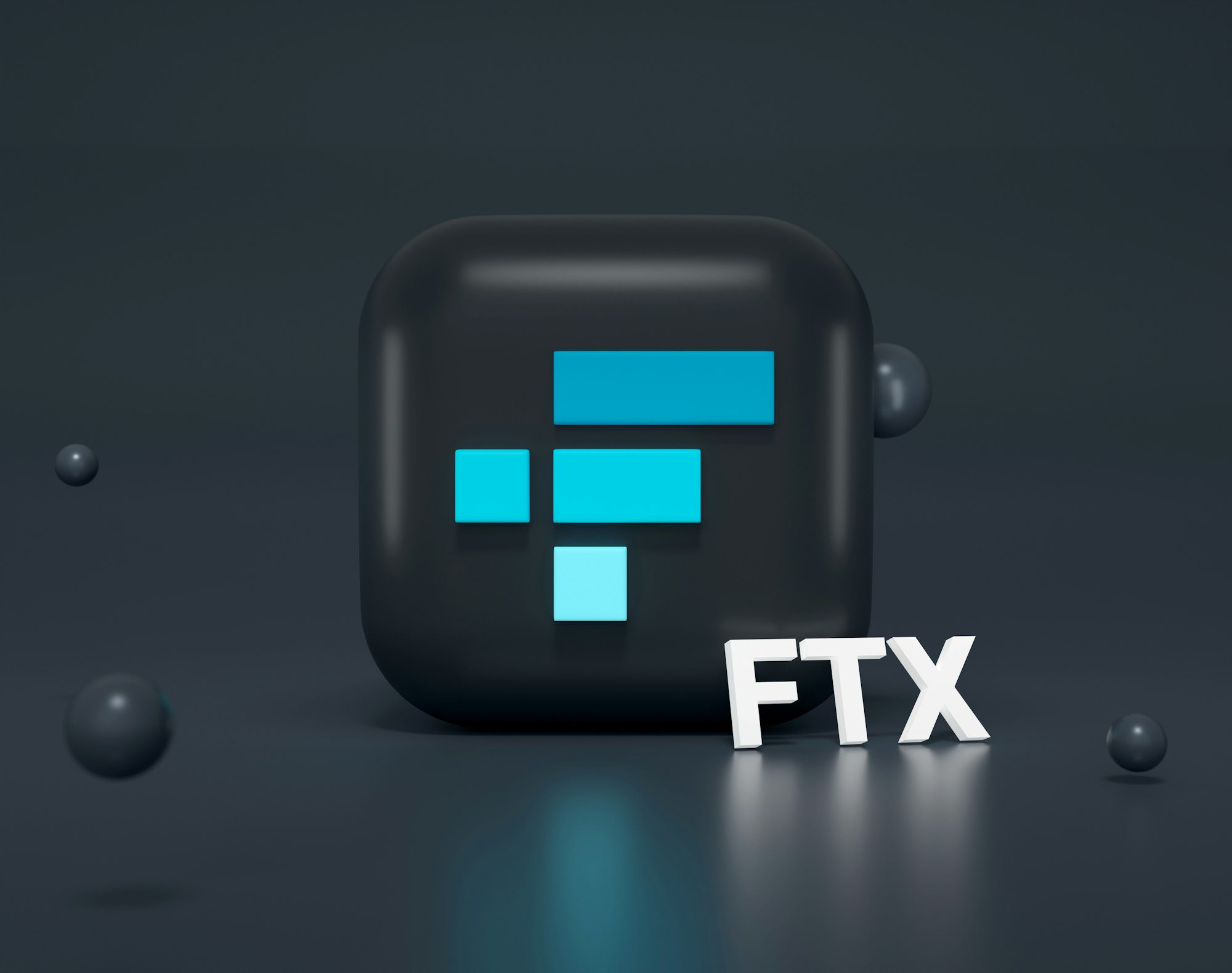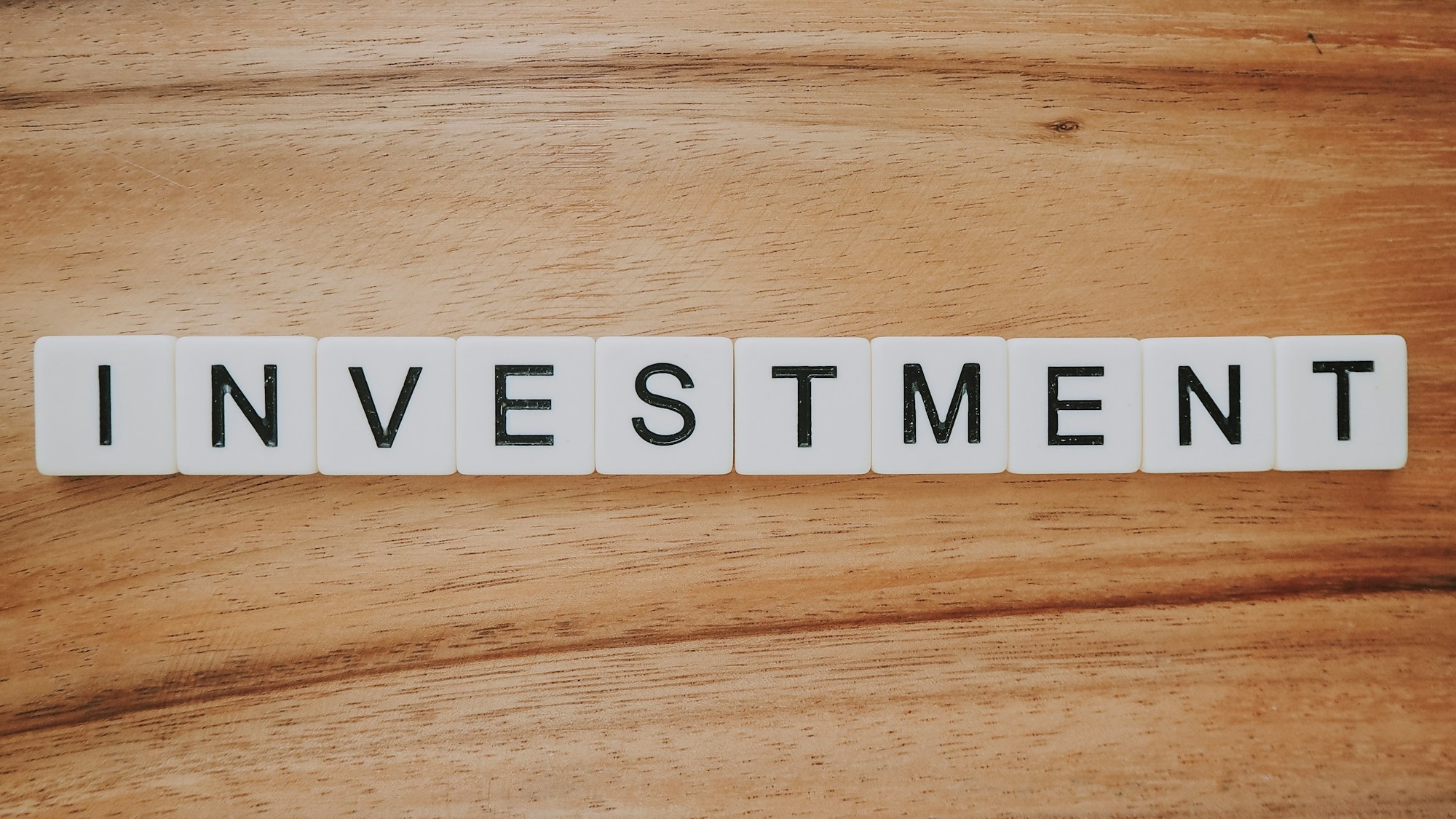FTX: Opportunity meets Real-life. How $1.8B in Investment was Approved
Let’s talk about FTX, SBF - and how the *%&# something this big happens.

The collapse of FTX took the world by surprise, and we need to learn a pragmatic lesson or two from this fiasco. Such lessons are best learned through discussion, questions, answers, and research.
So… let’s talk about FTX, Sam Bankman-Fried (FTX Co-Founder), and how the *%&# something this big happens.
There are MANY mitigating factors in this multi-billion dollar collapse, so out of necessity this will be a high level, simplified — and starkly pragmatic — 1000-ish word overview.
Let’s start here:
- FTX is a complex corporate entity with (fun fact) no listed CFO.
- FTX is/was a Centralized Crypto Exchange with Venture Capital investment of $1.8B, raised from 40 investors.
- A total of 134 affiliated companies were part of the bankruptcy filing, and there could be more than a million creditors involved.
- Fortune reports: “The underlying story here is of a fundamental failure of compliance and risk management.”
- FTX was required to provide an auditor’s report on internal controls, which was never provided. And yet $1.8B was invested?!
So… back to the “1000-ish word limit”. Clearly, volumes can be written about an event this big. An event that reverberated through the worlds of cryptocurrency investment, fiat investment, government regulation, and more, and whose effect will be felt for many years to come. In light of our limited word-count, we will focus on investment — fiat investment. Not cryptocurrency fallout, and not the downfall of Sam Bankman-Fried — although both are worthy topics.

Venture Capital Investing
Let’s hear from Pitchbook:
While failures are a common occurrence among venture-backed companies, the collapse and loss of $2 billion would rank second only to drug therapeutic company Intarcia, which raised $2.1 billion over 13 years, according to PitchBook data. For further context, blood-testing company Theranos raised roughly $1.1 billion from investors.
And from The Street
Investors Facing Total Losses ... Investors in FTX, which was a popular exchange for digital assets and was once valued at $32 billion, are likely facing total losses.
FTX's list of high profile investors includes SoftBank, the Ontario Teachers’ Pension Plan, and Sequoia Capital, as well as funds and accounts managed by BlackRock.
Sequoia sent a letter to its limited partners on Nov. 9 stating that it now values the $210 million investment in FTX as $0 and that it was a total loss." ~The Street
Food for thought:
- Should Executives and Partners at these high-level investing entities have been able to see this coming?
- Inside these investment funds, who is monitoring the monitors? What internal SOP do the investment funds themselves put in place within their Executive and Board levels regarding due diligence and transparency?

Let’s take a closer look
An important point to remember regarding the FTX implosion is not to “throw the baby out with the bathwater” and blame everything on crypto: elements of this disaster originate from multiple sectors. Yes, FTX is/was a crypto exchange. Yes, crypto is a “wild west” type of investing environment. Yes, this collapse will precipitate a fall in the value of other crypto-coins that FTX owns, as it sells what it can to recoup $$.
And YES — Sam Banks-Friedman violated trust, integrity, and a laundry list of laws.
Let's acknowledge all of these things, and learn the crypto-sector lessons they bring to light.
Let’s just make sure not to sweep some very important non-crypto lessons under the carpet. Let’s acknowledge the personalities involved, the high stakes business deals and decisions, the assumptions, expectations, and excitement that all contributed to the end result. And some of the investment elite may want to take a serious look at their risk assessment practices…
So, in the end…
This is a crypto-fiat-investment-what-did-we-miss-clear-as-mud fiasco. Not just a crypto fiasco.
There will always be a “wild west” of investors in fiat currency, cryptocurrency, and many other high stakes endeavours. And there will always be investment entities willing to help them put their money to risky — albeit potentially lucrative — use.
Cryptocurrency is a “wild west” space. Hedge Fund investing is also not for the faint of heart. This fiasco is a glaring reminder that before putting our money into anything, we need to do our due diligence:
- Do your homework (due diligence).
- Know your limits.
- Play within them.
This isn't meant to suggest in any way that due diligence will keep us safe from financial disaster, but it is definitely a best practice approach.

Imagine a world
Imagine a world where we stop pointing fingers, and start analyzing situations for what we can learn from them.
Imagine a world where private self-reflection, combined with public accountability, fosters useful discussion and pragmatic outcomes.
Final thoughts
Remember: disruption is information.
In other words — when an event like the FTX collapse rocks our perceptions and comfort zones - our perception changes. Our perspective changes. What we think about doing next changes.
I don’t have all the answers, but I do know that the cycle will continue, and that the crypto and fiat markets will continue to evolve. Hopefully we use the insight gained from each boom/bust to learn a lesson or two that might help mitigate our own collateral damage in the next fiasco.
Because there will definitely be a next fiasco.
What are your thoughts on this event and its future implications?
Let’s learn from FTX, and then move forward. Let’s focus on the potential of blockchain and cryptocurrency for business, finance, privacy, and global use cases: what is coming, and what is already here.
Blockworks on LinkedIn: Brazil’s biggest bank, Itaú Unibanco ($435B AUM) to start offering crypto…

Blockworks on LinkedIn: UK’s financial regulator, Financial Conduct Authority, is testing using…


This article says many things, and leaves out many things (it’s an article, not a book — I did try to remember that 😉). Maybe you see a follow-up article that YOU could write?

Let’s keep the conversation going!
📣 Share this with your network or a friend!
✅ Leave a comment - Send a DM!
Let’s Keep Cyber Criminals Unemployed!
⭐️ Stay safe! ⭐️




